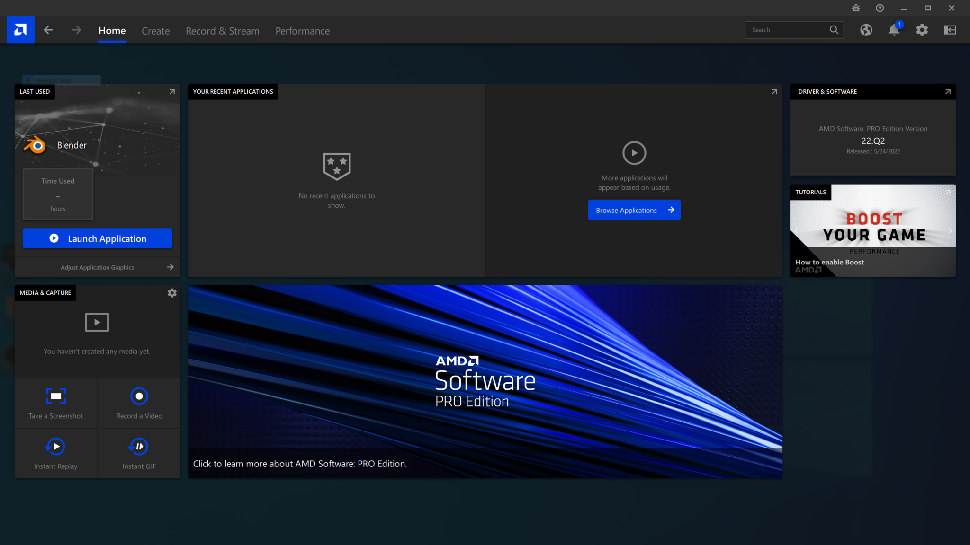Various video streaming platforms have their advocates, with Roku and Apple TV hardware, along with Google’s Chromecast, frequently getting the nod from viewers in the know. But Amazon’s Fire TV sticks (and cube and TV) are also major players on the streaming scene, and they have the distinct advantage of integration with the ever-popular Amazon Alexa for everything from voice search to smart home automation.
TechRadar has knocked the Fire TV platform down a notch In previous reviews for having a somewhat confusing and ad-filled interface. Another Fire TV complaint: its search feature turned up unrelated content and also aggressively steered viewers toward options for purchase on Amazon Prime Video. Amazon must have been paying attention, because it just dropped a series of enhancements that aim to streamline the look of the Fire TV interface while improving its search function.
“The recent updates bring Search and My Stuff to the top of our Home page so customers can quickly find content and access their watchlists, rentals, and purchases,” said Joshua Danovitz, Director, Fire TV Experience.
What does that mean for viewers who depend on a Fire TV Stick, Cube, or TV for their video streaming experience? There are several specific changes to note:
- An icon-based navigation bar has replaced the text-based one previously used by Fire TV. Not only does this look better, but it streamlines access to key features like Home, Find, and Live. The updated bar also provides easy access to a user’s favorite apps and their personal profile.
- Search and Find features have been combined into a unified content discovery destination. After clicking on the magnifying glass Find icon, viewers will get whisked to a page where they can search for movies and TV shows, as well as browse trending and recommended content categories.
- The stodgy Library destination has been replaced with the casual My Stuff. This is the place where viewers can access both their watch lists and rented and purchased content, as well as browse recently launched and regularly used apps.
I reached out to an Amazon spokesperson to check if the Fire TV update addressed our ad-clutter concerns. Here’s the response I received:
“Advertising on Fire TV serves two purposes. The first is content discovery – helping customers find new content that they may not have otherwise seen. The second is ad-supported content, which enables customers to enjoy a larger breadth of free content.”

Analysis: is Amazon Fire TV primed for success?
Comparing the screen shot of the new Fire TV interface at the top of this post with the image of the earlier version further down the page, it’s clear that Amazon has made some well-considered tweaks. The new UI is clean, streamlined, and engaging. It also doesn’t appear cluttered with the company’s own content, ad-supported or otherwise, and makes space for offerings from streaming services other than Amazon Prime Video.
Does the updated Search function live up to the hype? That’s something we look forward to checking on our next encounter with a Fire TV streamer, whether in stick, cube, or flat-panel TV form.
For now, let’s say that Fire TV has plenty of competition on the streaming platform front. Roku and Apple TV hardware offerings in particular provide a clean, highly user-friendly screen interface for selecting apps and browsing content. Both also have voice search options that provide consistently good results. I’m not sure why anyone would necessarily select Fire TV over those platforms, unless they were all-in on the Amazon universe – something the company strongly encourages through its Amazon Prime subscription, which gives you free expedited shipping of products bought on the company’s website and then throws in free streaming from Amazon Prime Video and Amazon Music.
A main thing that Amazon streaming sticks have going for them is value: at just under $50, the flagship Fire TV Stick 4K Max is competitively priced with Roku’s Streaming Stick 4K, and it’s a relative steal compared with Apple’s pricey Apple TV 4K streaming box. And the Fire TV Stick 4K Max hardly skimps on premium features, offering up Dolby Vision and HDR10+ compatibility plus a speedy processor and Wi-Fi 6 antenna.
Alexa integration on Amazon hardware also provides a built-in advantage over Roku for those who want to dabble in automated activity like lighting, temperature, and security camera control via Fire TV’s Smart Home Dashboard. When you add it all up, Fire TV hardware is offering a lot at a low price, and the company’s efforts to make the user interface and search more neutral and coherent could go far in making it more of a star player.






